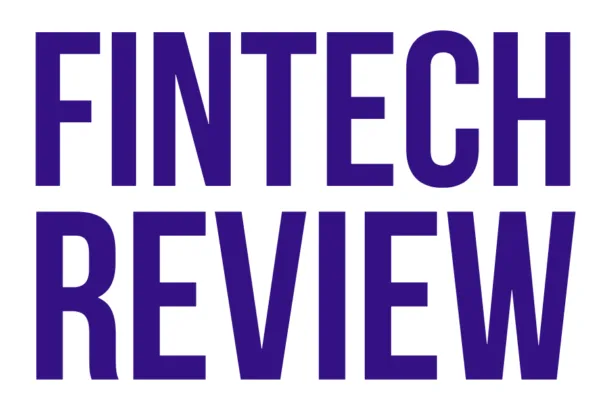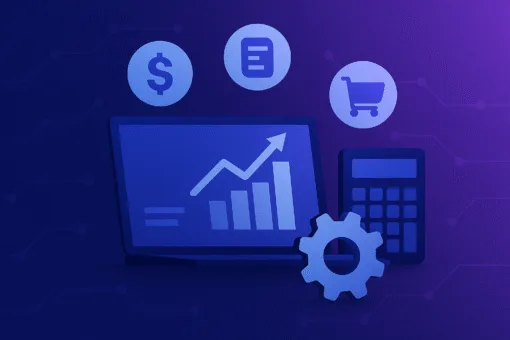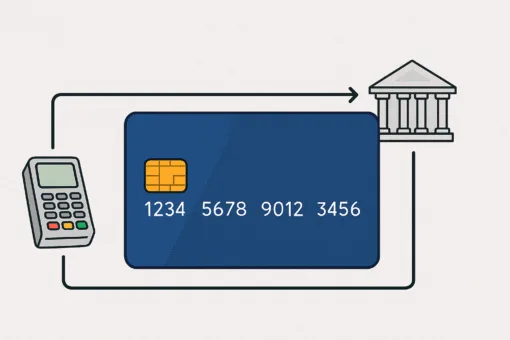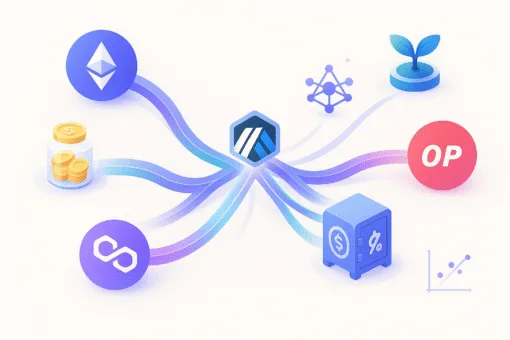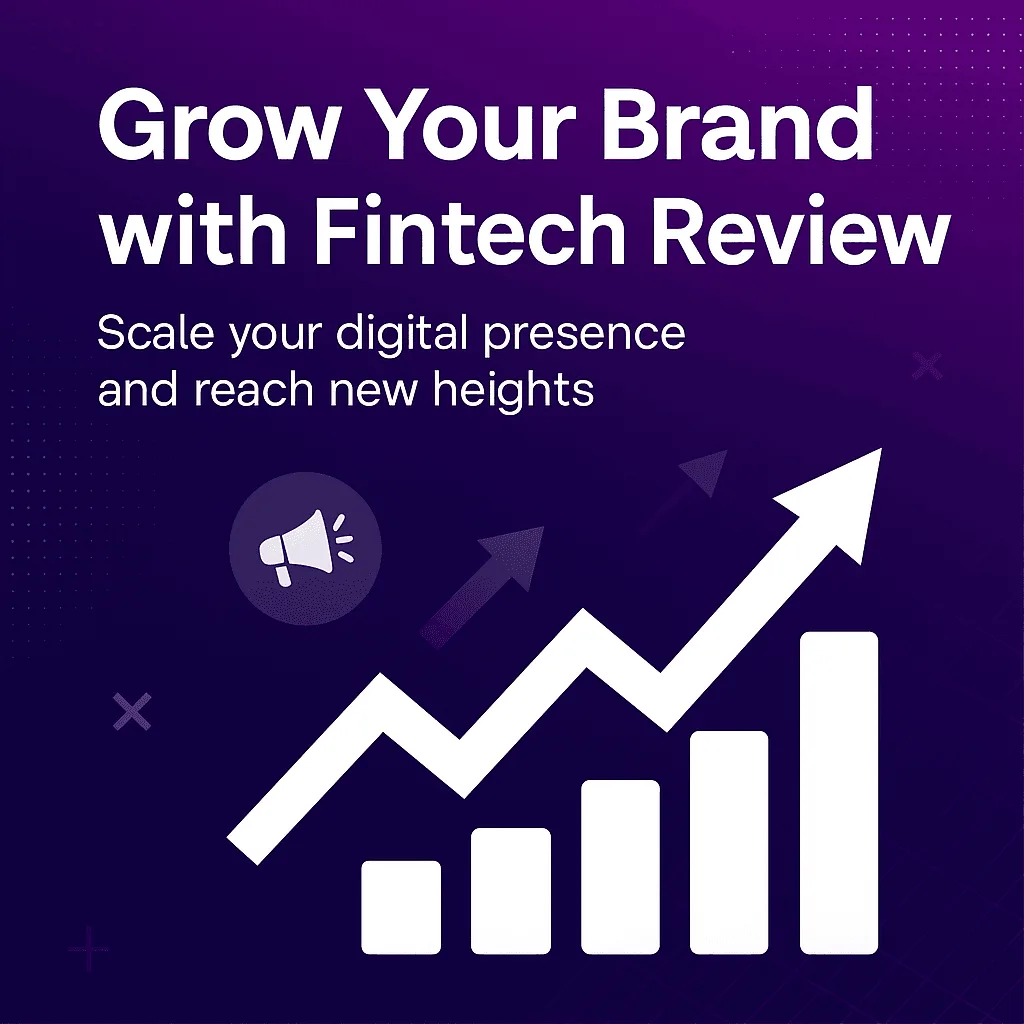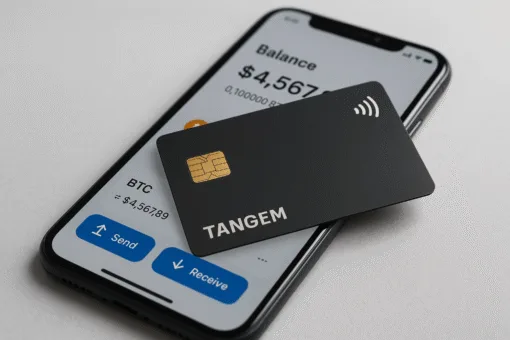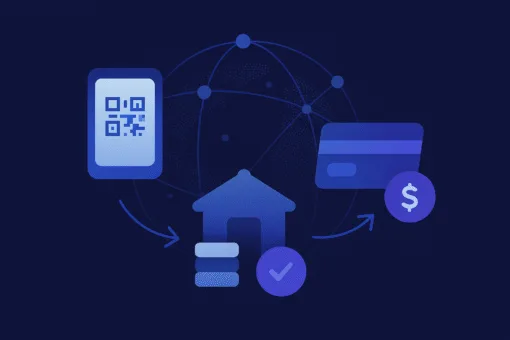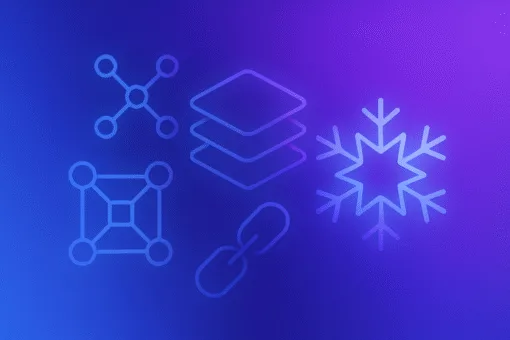No matter what you can hear or read, innovating is incredibly hard. That’s true for both large and small companies. The vast majority of startups do not survive more than a few years. Incumbents try hard to spin-off new ventures, which sometimes end in massive and expensive failures. Like RBS and its digital bank, Bó, that barely survived a few months after launch. Banks also try to buy their way into innovation through acquisitions, which also tend not to work. Are we all doomed? Is it impossible to innovate in financial services? To answer that, we asked a few questions to Dmitrii Barbasura, Co-founder and CEO of the fintech solutions’ company Salt Edge.
Tell us more about Salt Edge. What is your elevator pitch?
Salt Edge has been in the fintech and open banking business for almost a decade now. Its position on the emerging banking relationships is not only to witness the changes. But also to contribute to the progress and make the innovations work in service of all its clients.
We specialise in open banking API solutions for banks, fin apps, lenders, accounting apps, and other financial institutions globally. We have insights from various perspectives. That’s after having gathered knowledge from the EU, the UK, Brazil, AUS, Middle East, and servicing both communicating parties: banks and TPP. This enables us to make complicated operations afferent to account information and payment initiation run smoothly and simply for our customers. Open banking is a rapidly expanding phenomenon throughout the entire world. Salt Edge is closely monitoring its development and, whenever a new open banking standard is adopted in any part of the world, we implement those standards and provide regional solutions for compliance. The pan-European Berlin Group, Open Banking in the UK, CDR in Australia are just some standards supported by Salt Edge’s Open Banking Compliance Solution.
I’m proud to say that Salt Edge has registered the fastest-growing global bank connectivity. We are constantly reaching new milestones within the industry, briefly reaching over 5000+ active bank integrations in 50 countries. Our coverage expands from Europe to global and is constantly growing and improving.
As part of Salt Edge’s expansion plan, it will seal prolific partnerships with local partners on each continent to promote an organic open banking adoption. Furthermore, we are ISO 27001 certified and PSD2 licensed by FCA. The company employs the highest international security measures. That’s to ensure stable and reliable interoperability channels between payment service providers and their customers.
What is your background, and what is the story behind the company?
My road to the fintech industry began a long time ago, having studied IT and Economics. I’ve worked in information technology, business administration, and marketing fields, switching to credit card processing afterwards. Finances and technology have been present in my life ever since… forever, so it was natural for me to keep moving forward in these domains.
The very first problem that we were focused on solving when starting Salt Edge referred to accessing account data. That is in order to make the best out of it for all relevant parties. People and businesses open up bank accounts every day; the informational load grows from minute to minute. One cannot have expected that one person or one company would be able to deal with all of it the old way. To access and analyse this information, the process has to be automatised, in a unified standard manner, with all security and privacy measures complied with.
We focused on the European market, as nothing as this existed in Europe when we started back in 2013. Salt Edge became a pioneer in many countries. And I’m happy to say that we were the first ones to solve the access to account issues in many parts of the world. Salt Edge is different because it enables and makes open banking solutions available not only within a country, but also at regional and even global levels.
What do you see as the main challenges for Open Banking?
As the open banking phenomenon kind of forces financial institutions to go from good old and traditional ways to modern approaches, one of the biggest challenges comes specifically from banks. They are afraid to be the first ones investing resources and efforts in the benefit of third parties. Banks need to transform their approach – from a closed to an open one. We’re getting there step by step but like technological leaps in other industries, it takes time.
Another challenge refers to the various standards of open banking existing around the world. For instance the Berlin Group, CDR, Open Banking UK, Brazil Financial-grade API, and others. A solution would be centralising these standards or finding a balance between the need to comply with each one of them separately. It would be great if regulators spoke to each other, exchanged knowledge and good practices, and managed to democratize the process. Otherwise, it is the end-user bearing all the extra costs. Some standards impose quite terrific limitations on TPPs, and we need to address these in details.
Speaking of standards, if we are to be completely objective, it is easily noticeable that becoming compliant is a different process for bigger banks than for smaller ones. Time frames should be adjusted to various types of financial institutions according to their size and available resources.
How can Open Banking help with sustainable development and financial inclusion?
The PSD2 directive has shaken the regulatory landscape all over Europe. It has been boosting financial inclusion for the underserved users lacking access to financial services. Various research documents show that there are over 40 million EU adults not having access to reasonable financial services. With approximately 10% of the European households being over-indebted. Nonetheless, things started moving in a better direction back in 2019 when PSD2 came into effect. Responsible fintech companies approached the issue wisely and started building financial services around the open banking APIs. Various companies are partnering and building together new services dedicated to users who don’t have easy access to financial services.
By supporting and implementing open banking possibilities, we are helping businesses become more viable in the short, medium, and long term by:
- Stimulating behavioural changes and cutting down on unjustifiable consumerism
- Enhancing green finances, like green lending and investing
- Reducing the use of plastic cards and cash.
Any innovation in fintech more broadly that you are really excited about?
Fintech is an exciting domain all the way, but right now I’m really excited about Variable Recurring Payments (VRPs). They allow customers to make automatic money transfers between accounts with the help of open banking.
At the moment, VRP is mandated only for sweeping use cases in the UK. But since we are moving towards open finance, it will certainly extend to other types, like merchant and lending use cases. VRPs are the game changer, solving problems of real-life use cases and providing dynamics, flexibility, and control. Open Finance can be present in different shapes and forms, as we see in Australia, where CDR mandates access not only to payment accounts, but to investment, loan, saving accounts, as well as to insurance, utilities, bills data. This is something of great value to so many types of businesses, including accounting and lending.
Any plans for the future you want people to know about?
We are currently finalising the tests, integration, verification, and going live with single immediate payments for several of Salt Edge’s clients across Europe. Next on the list are bulk and batch payments. And of course VRPs, since we are working with many business clients who need this for their use cases involving accounting systems and ERPs.
Generating invoices, payslips by using one centralised system, making and tracking thousands of payments… All this will become normal, with no risk involved, no confidential data sharing, and with automatic notifications when the invoice is due.
